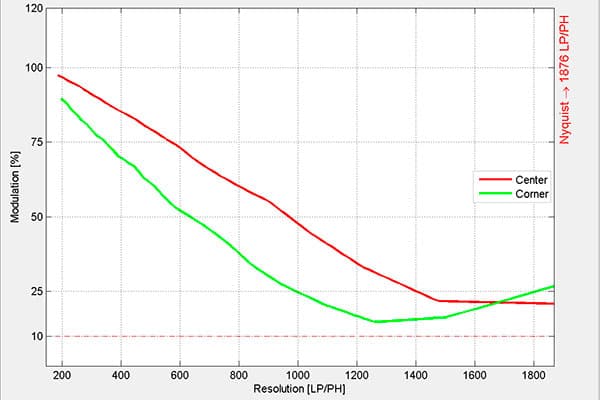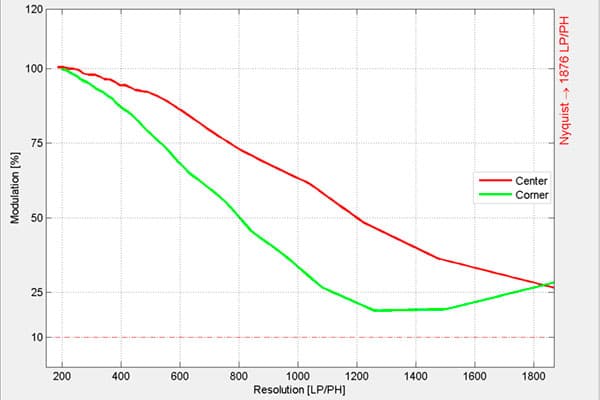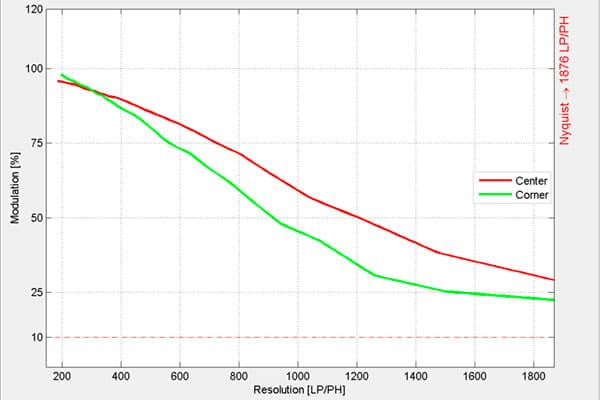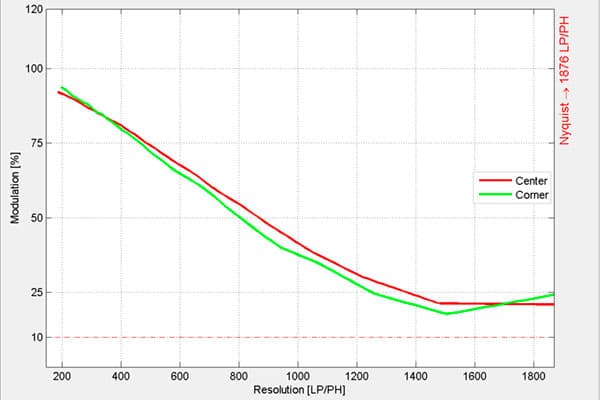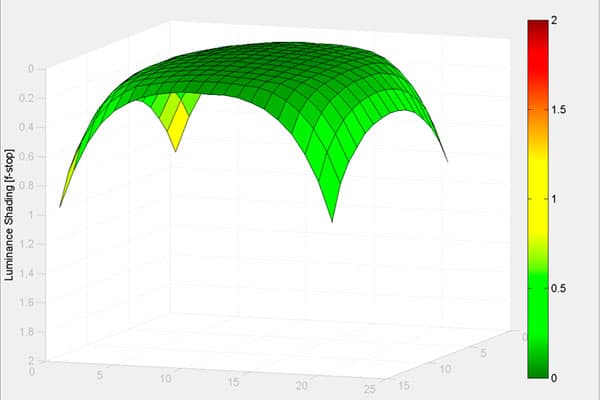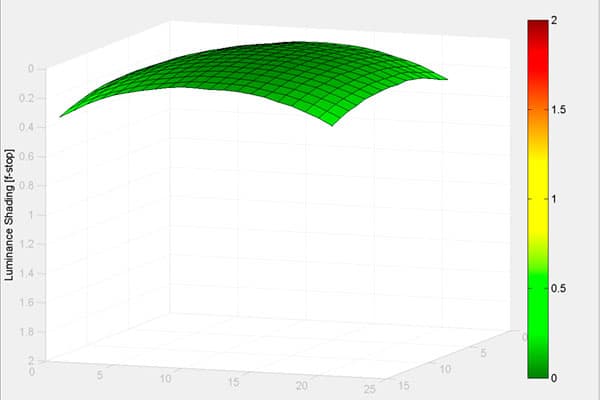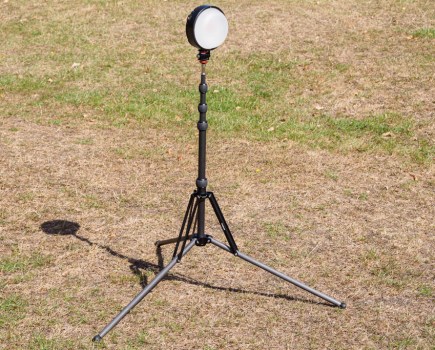Sigma 24mm f/1.4 DG HSM | A review – Introduction
Sigma is one of the longest-established third-party camera lens makers, having been in business for more than 50 years. But while even recently it was best known for budget alternatives to the camera makers’ own optics, over the past few years it’s been steadily transforming itself into a premium manufacturer fully capable of making lenses as good as, if not better than the major camera makers’ own.
Indeed, its extraordinary 50mm f/1.4 DG HSM | A is so good that we named it not just Fixed Focal Length Lens of the Year, but also our overall Product of the Year at the 2015 Amateur Photographer Awards. You can read our full review of the 50mm f/1.4 DG HSM | A right here.
This means that the new 24mm f/1.4 DG HSM | A for full-frame DSLRs comes to the market with significantly heightened levels of expectation. Where once we might have been impressed by Sigma making a truly excellent lens, we now fully expect its designs to be nothing less than class-leading.
So with this in mind, does the 24mm f/1.4 continue the company’s recent rich vein of form?

Take a look at our Sigma 24mm f/1.4 DG HSM | Art samples gallery
Sigma 24mm f/1.4 DG HSM | A review – Features
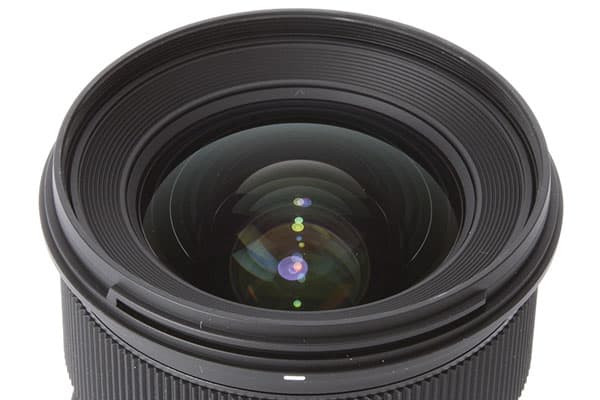
The 24mm f/1.4 has a 77mm, non-rotating filter thread and a bayonet mount for the supplied petal-type hood
With an optical formula of 15 elements in 11 groups, Sigma has chosen a relatively complex design for this class of lens (Canon and Nikon’s equivalents use 13 and 12 elements respectively). Sigma hasn’t skimped on the special glass either, with three ‘F’ low-dispersion (FLD) and four special low-dispersion (SLD) elements used to minimise chromatic aberration. Two aspherical elements are also employed to reduce distortion and coma flare.
Autofocus employs an ultrasonic-type Hyper Sonic Motor, with full-time manual override on offer. A switch on the side of the lens engages manual focus, which can be aided by a small distance and depth-of-field scale on the top of the barrel. As with most modern AF lenses, though, the markings are too closely spaced to be widely useful. The minimum focus distance is 0.25m, giving 0.19x magnification.
A nine-bladed aperture diaphragm provides settings from f/1.4 to f/16, and manages to maintain an impressively circular shape throughout the full range. This should help give an attractive rendition to out-of-focus backgrounds. The lens is threaded for 77mm filters, and has a bayonet mount for the supplied petal-shaped hood.
Initially, the lens will come in versions to fit Canon, Nikon and Sigma DSLRs, in line with Sigma’s recent practice. We wouldn’t be surprised to see a Sony Alpha-fit model turn up sooner rather than later, and with Ricoh’s announcement of an upcoming full-frame Pentax DSLR, we can but hope that Sigma will eventually make a K-mount version too.
Sigma 24mm f/1.4 DG HSM | A review – Build and handling
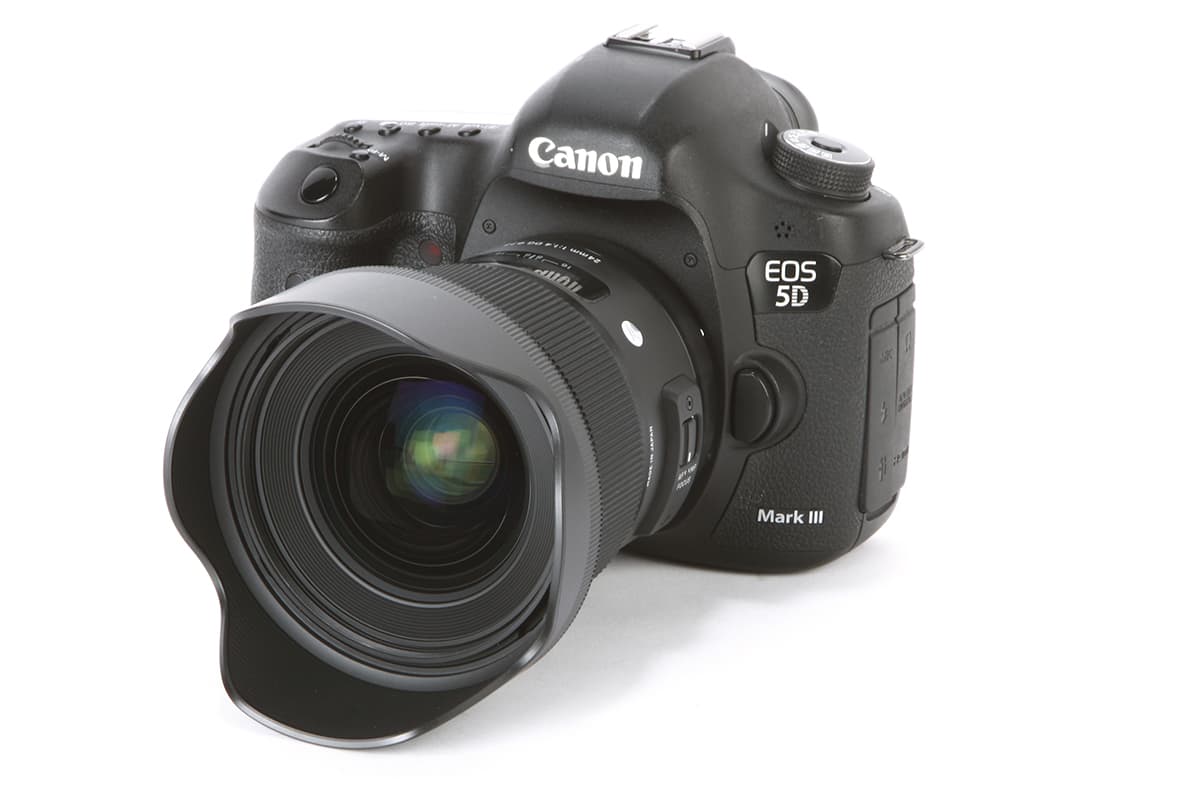
The Sigma 24mm f/1.4 DG HSM | Art comes with a petal-type hood
The 24mm f/1.4 shares its design with Sigma’s recent premium lenses like the 50mm f/1.4 DG HSM | A, 35mm f/1.4 DG HSM | A, and 18-35mm f/1.8 DC HSM | A. The section of the barrel adjacent to the camera body is metal, and the rest is formed of high-quality plastics.
The broad manual-focus ring is placed towards the front of the lens, and is smoothly damped, rotating approximately 90° between infinity and minimum focus. A large ridged grip on the underside of the barrel aids with handling.
At 665g in weight and measuring 85 x 90.2mm long, the Sigma is typical in size for a 24mm f/1.4 prime. It balances nicely on full-frame DSLRs such as the various Canon EOS 5D-series models we used for testing.
One point worth noting is that it’s not described as weather-sealed, which counts as one of its few clear disadvantages compared to its Canon and Nikon equivalents.
Autofocus
With an internal focus design and ultrasonic focus motor, the 24mm lens focuses extremely quickly and decisively, with no fuss or hunting. I used our Canon-mount sample on multiple vintages of EOS 5D family bodies, and had no obvious problems with focus accuracy even when shooting wide open.
However, with the EOS 5D and EOS 5D Mark II, I made a point of using the central focus point only, with a focus/recompose technique; my experience with these cameras tells me that using off-centre AF points becomes something of a lottery with most fast primes.
Sigma 24mm f/1.4 DG HSM | A review – Image quality

The Sigma 24mm f/1.4 is impressively sharp across the frame
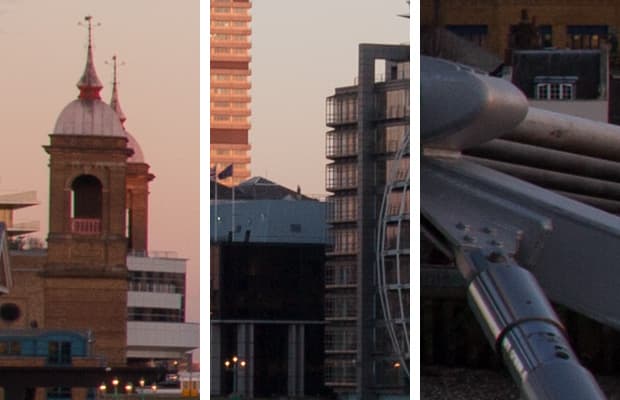
These are 100% crops taken from the centre and each edge of the frame. Canon EOS 5D Mark II, f/11, ISO 200
We’ve become used to Sigma’s Art-series f/1.4 prime lenses being spectacular performers, and I’m pleased to be able to say that the 24mm continues in much the same vein. It’s perhaps not as absolutely spectacular as the 50mm in terms of edge and corner sharpness wide open, but this is an extremely high bar. Instead, I’d characterise it as being closer to the 35mm f/1.4 Art lens.
Wide open, it’s noticeably softer in the corners than in the centre, but stop down to f/5.6 or smaller and it becomes extremely sharp right across the frame. Of course, on full frame, for subjects that require corner-to-corner detail such as landscapes or architecture, we’d probably shoot at normal working apertures of around f/8-f/11 anyway. Stop down to f/16 and the image slightly, but visibly, softens due to diffraction, so it makes sense for Sigma to have limited this minimum.
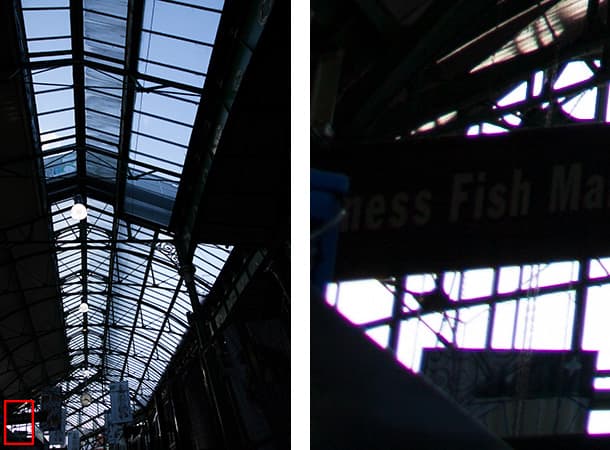
The Sigma 24mm f/1.4 shows very little colour fringing from chromatic aberration. This was shot on the Canon EOS 5D Mark II, with a 100% crop taken from the lower left corner of the frame.
Distortion is exceptionally low, with just a hint of barrel-type bending of straight lines towards the edges of the frame. There’s barely any lateral chromatic aberration either: you might see a hint of red/cyan fringing towards the corners if you go looking for it, but it’s unlikely to be a problem in real-world use, and is trivial to fix in post-processing anyway.
Fast lenses for full frame almost always give obvious vignetting when shot at maximum aperture, and the 24mm is no exception. But while some see vignetting as a defect, in the AP office we’re not usually bothered by it at all, and indeed find that it often adds to an image aesthetically. Again, if it bothers you, it’s trivial to fix in software these days.
Wideangle lenses may not be the first choice on your mind for shallow-depth-of-field work, but shoot close-up at f/1.4 and the 24mm can give some lovely blurred backgrounds. The caveat, of course, is that you have to shoot close to the minimum focus distance to see much background blur; if the subject is just 2m away, the background will still look relatively sharp. Its rendition of out-of-focus backgrounds is very attractive too; indeed, to me, it’s an improvement over the older 35mm, which could be a little fussy in this respect.

The Sigma 24mm can give attractively blurred backgrounds when used at large apertures close to its minimum focus distance.

This crop from the background is relatively smoothly-blurred compared to other wideangle lenses
Shooting directly into the sun on a bright day, the lens shows impressive control of flare, with only a slight loss of contrast in the immediate vicinity of the light source. At the other end of the light-level scale, anyone interested in shooting star fields or cityscapes at night will be pleased to hear that coma is very low indeed, meaning that point light sources in the corner of the frame don’t distort excessively in shape, even when shooting wide open. The example below shows this, shooting an LED flashlight placed in the top left corner of the frame, and taking 100% crops from files shot using the Canon EOS 5D. There’s a little coma at f/1.4, but it’s more-or-less gone at f/2.8.

This example shows the 24mm f/1.4’s coma at (from left to right) f/1.4, f/2, f/2.8, f/4, f/5.6 and f/8.
Sigma 24mm f/1.4 DG HSM | A review – Resolution
Our Applied Imaging tests reveal a lens that’s impressively sharp in the centre when wide open, and while the corners are softer, they’re by no means bad. Everything sharpens up on stopping down, with the centre reaching its very best at f/2.8. Best results overall are achieved at f/5.6-11, with f/16 revealing a little softening from diffraction. We tested the lens on the 22MP full frame EOS 5D Mark III.
Sigma 24mm f/1.4 DG HSM | A review – Shading
Fast primes invariably show visible vignetting, and in the case of the Sigma 24mm we see a fall-off at the corners of around 1.6 stops at f/1.4. Stop down to f/2 and this reduces considerably, and by f/2.8 it’s essentially gone altogether. If the vignetting at large apertures disturbs you, it can be easily fixed using programs such as Adobe Lightroom or DxO Optics Pro.
This example illustrates the vignetting in real-world use. Shot at f/1.4 on the Canon EOS 5D, the vignetting is gradual across the frame, and far from unattractive. It can be corrected easily enough in post-processing, if desired.

The lens gives visible vignetting wide open, but with a gradual falloff in illumination across the frame. Canon EOS 5D, f/1.4
Sigma 24mm f/1.4 DG HSM | A review – Curvilinear distortion
Our charts reveal that Sigma has done a good job of controlling distortion, with just a low level of barrel distortion visible. In general, we expect low distortion from primes – it’s one good reason to choose them over zooms – but it usually comes with a greater trade-off against corner sharpness.
The chart below represents the lens’s distortion. The arrows indicate the direction in which grid points are distorted from their ideal position, and the relative magnitude of their displacement. The grid itself illustrates a small amount of barrel distortion, with a little re-correction into the corners.
This real-world example shows just how little distortion is visible in normal use. The lines towards the lower edge of the frame are kept impressively straight.
Sigma 24mm f/1.4 DG HSM | A review – Our verdict

Sigma 24mm f/1.4 DG HSM | Art
It didn’t take all that much time shooting with the Sigma 24mm f/1.4 DG HSM | A for me to conclude that it really does live up to its ‘Art’ tag, giving excellent image quality across a range of shooting conditions. I wasn’t able to test it side by side with its obvious competitors, but personally I’m confident it would stand up well against them in terms of image quality.
It’s not just the sharpness that’s impressive, but the overall look of the images, including the smooth, attractive rendition of out-of-focus regions. Quite simply, it produces lovely pictures with the minimum of fuss.
With an RRP of £799 at launch, the Sigma lens is also significantly cheaper than the Canon or Nikon 24mm f/1.4 primes, or indeed Sony’s Alpha-mount 24mm f/2, with the only obvious sacrifice being its lack of weather-sealing. In short, it looks like Sigma has another sure-fire winner on its hands.




